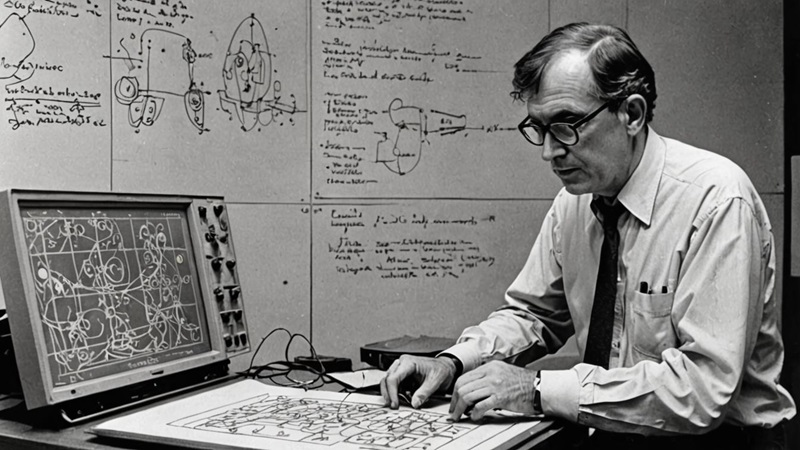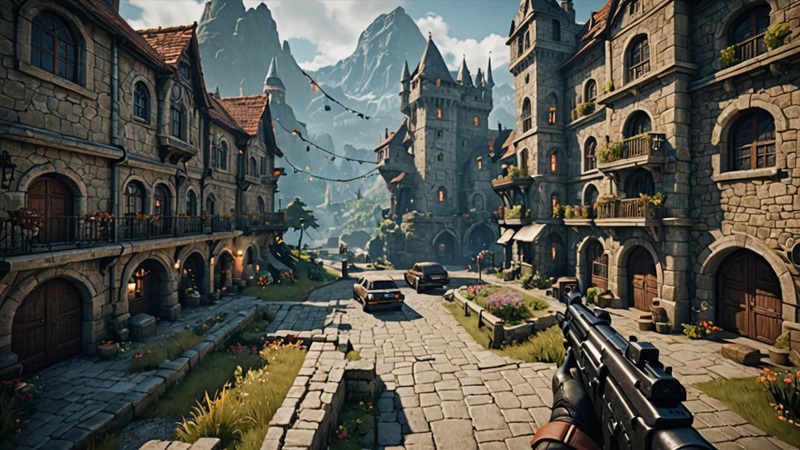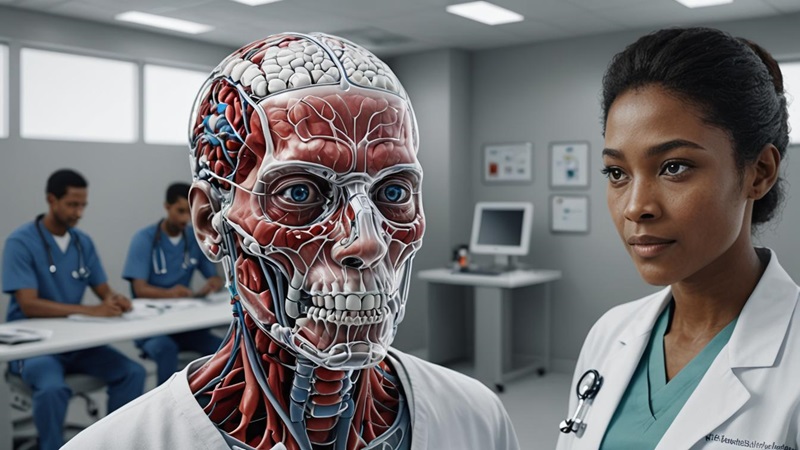What is CGI?

The evolution and impact of CGI
Origins and development of CGI
Computer-Generated Imagery (CGI) has revolutionized the visual arts, especially in film and media. Its origins date back to the 1960s when early pioneers began experimenting with computer graphics.
Ivan Sutherland, often called the father of computer graphics, created Sketchpad, the first program to use a graphical user interface, in 1963.
This innovation laid the groundwork for future advancements.

In the 1970s and 1980s, CGI technology advanced rapidly. The release of “Star Wars” in 1977 marked a significant milestone, showcasing the potential of CGI in creating immersive visual experiences.
The 1990s saw a boom in CGI with the release of “Jurassic Park” (1993), which featured realistic dinosaurs created using a blend of animatronics and CGI.
This film demonstrated CGI’s ability to bring fantastical elements to life in ways previously unimaginable.
CGI in modern cinema and beyond
Today, CGI is integral to modern cinema. It allows filmmakers to create stunning visual effects that enhance storytelling.
From the fantastical worlds of “Avatar” to the intricate detail of Marvel’s superhero films, CGI makes the impossible possible.
Beyond film, CGI is used in television, video games, advertising, and even architecture.

The technology behind CGI continues to evolve, with advancements in software and hardware making it more accessible and powerful.
Motion capture technology, for instance, allows for the creation of incredibly realistic character animations.
Additionally, real-time rendering engines like Unreal Engine enable creators to visualize and interact with CGI environments in ways that were previously confined to pre-rendered scenes.

The Technical Aspects and Future of CGI
The mechanics of CGI
At its core, CGI involves the use of computer software to create visual content.
This process typically begins with modeling, where 3D objects are created using mathematical algorithms. These models are then textured, giving them color and detail.
Lighting is added to simulate how light interacts with objects, and finally, rendering is performed to produce the final image.
Modern CGI software, such as Autodesk Maya, Blender, and Cinema 4D, offer extensive tools for artists and designers.
These programs allow for the creation of complex scenes with realistic lighting, shading, and textures.
The integration of physics engines enables the simulation of natural phenomena like water, fire, and smoke, adding another layer of realism to CGI.
The future of CGI
The future of CGI is promising and full of potential.
With the advent of artificial intelligence and machine learning, CGI is becoming even more sophisticated.
AI algorithms can enhance the realism of CGI by generating more lifelike animations and improving the quality of textures and lighting.

Virtual reality (VR) and augmented reality (AR) are also set to benefit from advancements in CGI.
These technologies rely heavily on high-quality CGI to create immersive experiences.
As VR and AR become more mainstream, the demand for skilled CGI artists will continue to grow.

Moreover, CGI is increasingly used in non-entertainment fields.
In medicine, for example, CGI is used for surgical simulations and medical visualizations.
In education, CGI helps create interactive learning materials that can simplify complex subjects.
The possibilities are endless, and the impact of CGI on various industries will only expand in the coming years.

